Why Are Binoculars So Expensive ?
Binoculars can be expensive due to several factors. Firstly, the quality of the optics plays a significant role in the price. High-quality binoculars use premium glass materials, advanced lens coatings, and precision engineering to deliver superior image clarity and brightness. These components and manufacturing processes contribute to the higher cost.
Additionally, the design and construction of binoculars can impact their price. Features like waterproofing, fog-proofing, and durable materials add to the overall cost. Moreover, specialized binoculars designed for specific purposes such as astronomy or birdwatching may have additional features or specifications that increase their price.
Furthermore, brand reputation and marketing also influence the cost of binoculars. Established brands with a history of producing high-quality optics often command higher prices due to their reputation and customer trust. Additionally, marketing and distribution expenses can contribute to the overall cost of binoculars.
Overall, the price of binoculars reflects the quality of the optics, design features, brand reputation, and marketing expenses associated with the product.
1、 Optical Quality and Precision Engineering
Binoculars are often considered expensive due to two main factors: optical quality and precision engineering. These factors contribute to the overall performance and durability of the binoculars, making them a valuable investment for users.
Firstly, optical quality plays a crucial role in determining the price of binoculars. High-quality binoculars are equipped with superior lenses and prisms that offer exceptional clarity, sharpness, and color accuracy. These lenses are often made from specialized glass materials, such as extra-low dispersion (ED) or fluorite, which minimize chromatic aberration and enhance image resolution. Additionally, premium coatings, like anti-reflective coatings, are applied to the lenses to reduce glare and maximize light transmission. These advanced optical features significantly enhance the viewing experience, making the binoculars more expensive.
Secondly, precision engineering is another factor that contributes to the cost of binoculars. The construction of binoculars involves intricate mechanisms and precise alignment of optical components. Manufacturers invest in high-quality materials, such as lightweight yet durable metals, to ensure the longevity and reliability of the binoculars. The internal mechanisms, such as the focusing system and prism alignment, are meticulously designed and calibrated to provide smooth operation and accurate image alignment. Skilled craftsmanship and attention to detail are required during the manufacturing process, which adds to the overall cost of the binoculars.
Moreover, the latest advancements in technology have also impacted the pricing of binoculars. With the introduction of features like image stabilization, built-in rangefinders, and digital connectivity, the cost of binoculars has increased. These technological innovations require additional components and sophisticated engineering, further driving up the price.
In conclusion, the high cost of binoculars can be attributed to the optical quality, precision engineering, and technological advancements incorporated into their design. These factors ensure superior performance, durability, and user experience, making them a worthwhile investment for those seeking the best viewing capabilities.

2、 Advanced Lens Coatings and Prism Systems
Binoculars can be quite expensive due to several factors, with two key reasons being advanced lens coatings and prism systems. These features significantly enhance the performance and quality of the binoculars, making them more expensive.
Advanced lens coatings play a crucial role in improving the image quality and clarity of binoculars. These coatings are applied to the lenses to reduce glare, increase light transmission, and minimize reflections. They help to enhance contrast, color accuracy, and overall image sharpness. The development and application of these coatings require advanced technology and precision, which adds to the cost of manufacturing binoculars.
Prism systems, specifically roof prisms, are another factor contributing to the high cost of binoculars. Roof prisms are more compact and lightweight than traditional porro prisms, making them popular in modern binocular designs. However, manufacturing high-quality roof prisms with excellent light transmission and image quality is a complex and expensive process. The precision required to align the prisms and ensure optimal performance adds to the overall cost of the binoculars.
Additionally, the latest advancements in technology and materials also impact the price of binoculars. Manufacturers are constantly striving to improve the performance of binoculars by incorporating new materials, such as high-density glass, and utilizing innovative manufacturing techniques. These advancements often come with a higher price tag as they require research and development investments.
Furthermore, the market demand for premium binoculars also influences their pricing. Many enthusiasts and professionals are willing to invest in high-quality binoculars for activities like birdwatching, hunting, or astronomy. Manufacturers cater to this demand by producing top-of-the-line binoculars with advanced features, which naturally come at a higher cost.
In conclusion, the high cost of binoculars can be attributed to advanced lens coatings, complex prism systems, technological advancements, and market demand for premium products. While these factors contribute to the expense, they also ensure superior image quality and performance, making the investment worthwhile for those seeking the best optical experience.

3、 Durability and Weatherproofing Features
Binoculars can be quite expensive due to several factors, with durability and weatherproofing features being one of the main reasons. Manufacturers invest in high-quality materials and construction techniques to ensure that binoculars can withstand rough handling and harsh weather conditions. This includes using sturdy materials for the body, such as magnesium alloy or polycarbonate, which are lightweight yet durable. Additionally, binoculars are often sealed with O-rings to make them waterproof and nitrogen-purged to prevent internal fogging, allowing them to be used in various weather conditions without compromising performance.
Durability is crucial for binoculars, especially for those used in outdoor activities like birdwatching, hunting, or hiking. These activities often involve exposure to rough terrains, extreme temperatures, and moisture. Therefore, manufacturers need to invest in robust designs and materials to ensure that the binoculars can withstand such conditions and last for a long time.
Moreover, the cost of research and development also contributes to the high price of binoculars. Manufacturers constantly strive to improve the optical performance, ergonomics, and overall quality of their products. This involves extensive testing, experimentation, and the use of advanced technologies to enhance image clarity, brightness, and color accuracy. These advancements require significant investments, which are reflected in the final price of the binoculars.
Furthermore, the market demand for high-quality binoculars also plays a role in their pricing. Many enthusiasts and professionals are willing to invest in premium binoculars that offer superior optical performance and durability. As a result, manufacturers cater to this demand by producing high-end models with advanced features, which naturally come at a higher cost.
In conclusion, the high price of binoculars can be attributed to the durability and weatherproofing features they offer, as well as the investments made in research and development. While the cost may seem steep, it is important to consider the long-term value and performance that these binoculars provide, making them a worthwhile investment for outdoor enthusiasts and professionals alike.
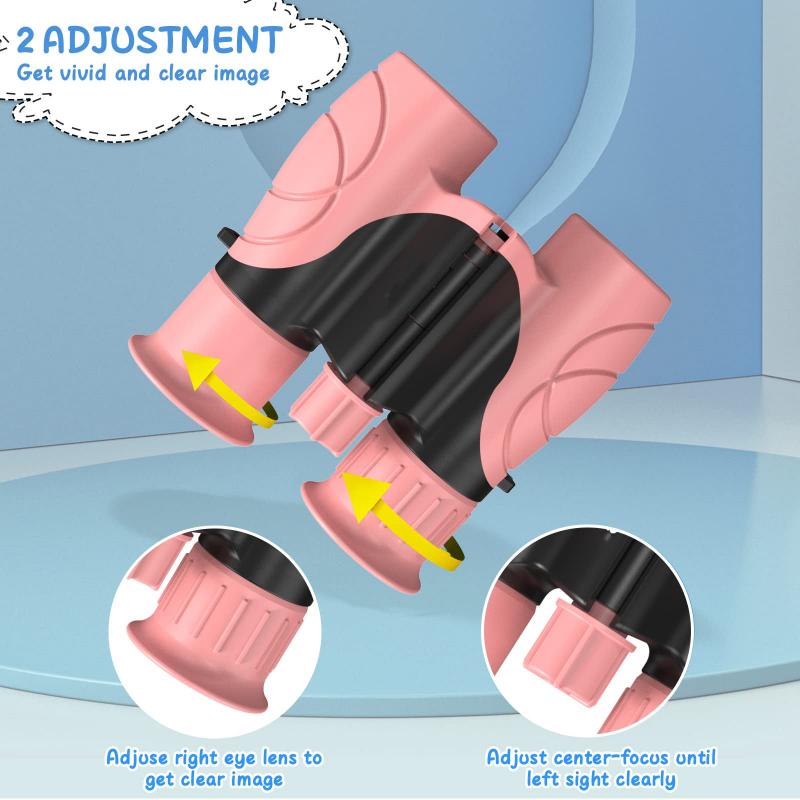
4、 Brand Reputation and Marketing Costs
Binoculars are often considered expensive due to a variety of factors, including brand reputation and marketing costs. Many high-end binocular brands have established themselves as leaders in the industry, and their reputation for quality and performance has allowed them to charge a premium price for their products.
In addition, marketing costs can also contribute to the high price of binoculars. Companies invest heavily in advertising and promoting their products, which can drive up the overall cost of production and ultimately the price of the product.
However, it is important to note that not all binoculars are expensive. There are many affordable options available on the market that still offer good quality and performance. It is also worth considering that the latest advancements in technology have made it possible for manufacturers to produce high-quality binoculars at a lower cost.
Furthermore, the COVID-19 pandemic has led to an increase in demand for outdoor activities, including birdwatching and hiking, which has also driven up the demand for binoculars. This increased demand has led to a shortage of supply, which has further contributed to the high prices of binoculars.
In conclusion, while brand reputation and marketing costs are factors that contribute to the high price of binoculars, it is important to consider the latest advancements in technology and the current market conditions when evaluating the cost of these products.
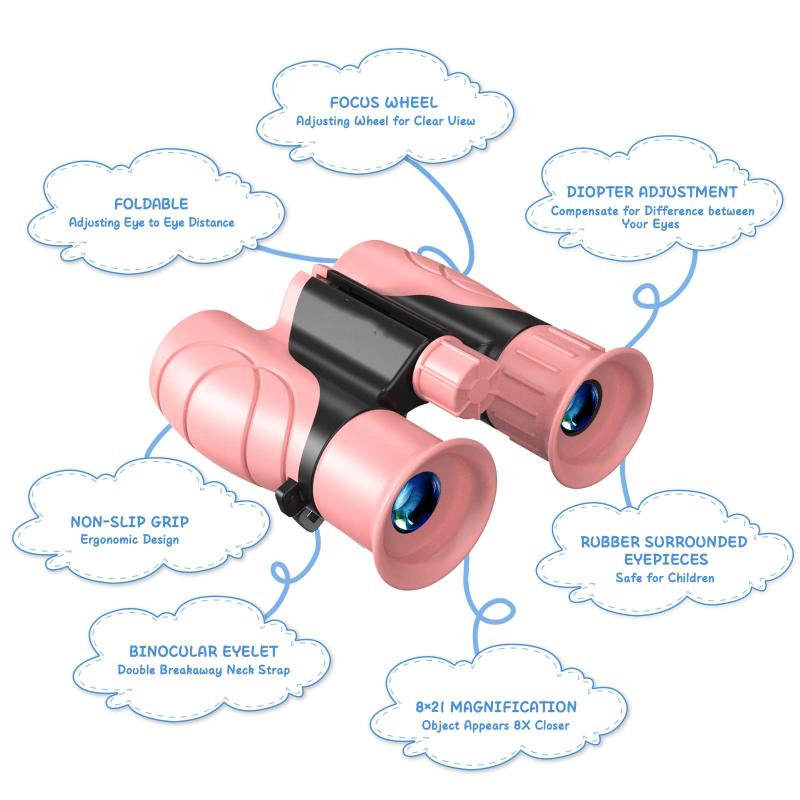







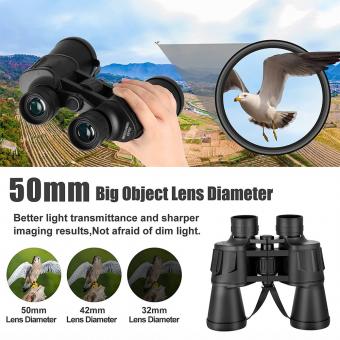

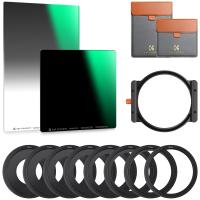



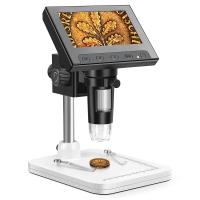




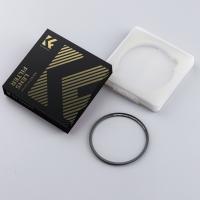






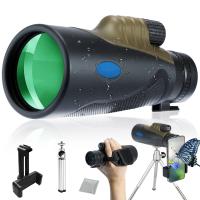
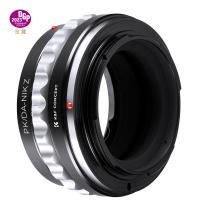
There are no comments for this blog.